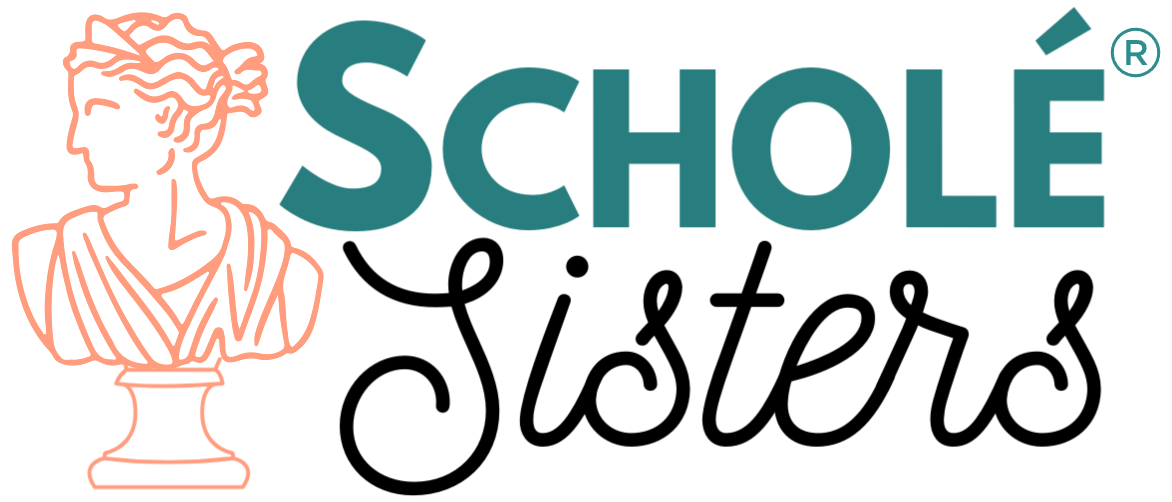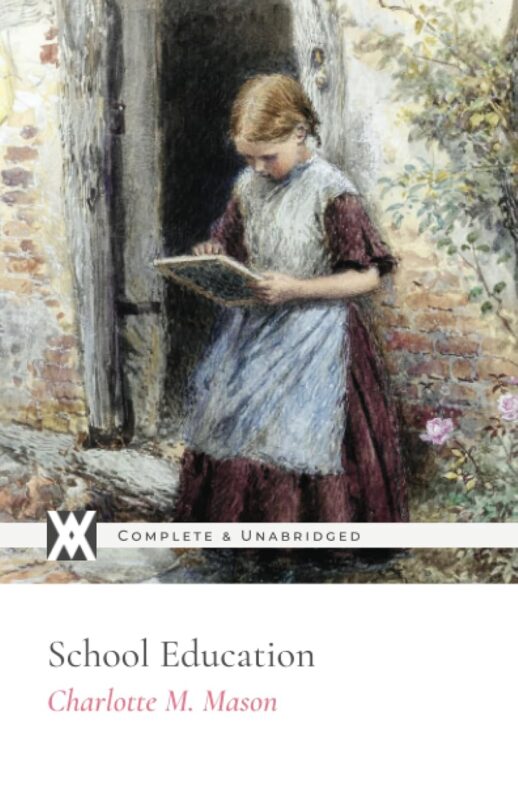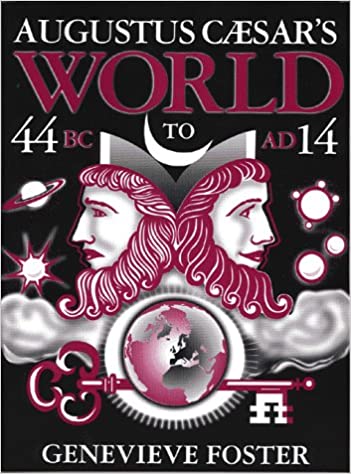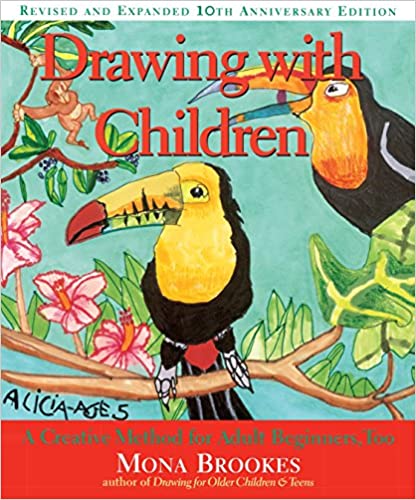Charlotte Mason’s School Education (Book 3 of the Home Education Series)
After teaching about educating young children (up to the age of nine) in Home Education, Charlotte Mason turns her attention to 9-12 year-olds in School Education. Along with examples of books and exams she instructs us on:– The rights of children– The value of holistic education– How to help your child learn for themselves– How to develop the whole person– The importance of living books in education– How grades and rewards kill curiosity
More info →Augustus Caesar’s World
Considered the innovator of "horizontal history," Genevieve Foster became frustrated when her two school-aged children complained about the boring presentation of history in their school textbooks. This frustration led to Foster's first book, George Washington's World (1941).
In her unique approach, Foster weaves a story of the world around her central character; rather than focusing exclusively on geo-political events, as most textbooks do, she includes stories of scientific discovery and invention, music, literature, art, and religion. Her keen intuition for stories will especially delight and amuse youthful readers.
In Augustus Caesar's World, Foster traces the seven major civilizations of Rome, Greece, Israel, Egypt, China, India, and Persia from 4500 B.C. to the time of Augustus Caesar in 44 B.C. and culminating in 14 A.D. Within this timeframe readers will learn not only the stories of Julius Caesar, Cleopatra, and Marc Antony, but also the historian Livy and how Virgil came to write the Aeneid. Foster will then take her readers all over the world to learn what was happening at this same time in China, Persia, India and so on.
Foster's detailed pen and ink drawings are fresh and appealing, and her illustrated timelines give a clear sense of chronology, enriching the engaging text.
More info →Drawing With Children: A Creative Method for Adult Beginners, Too
Mona Brookes's clear and practical approach to drawing has yielded astounding results with children of all ages and beginning adults. Her unique drawing program has created a revolution in the field of education and a sense of delight and pride among the thousands of students who have learned to draw through her "Monart Method."
This revised and expanded edition includes:
• Information on multiple intelligence and the seven ways to learn
• An inspirational chapter on helping children with learning differences
• An integrated-studies chapter with projects geared for reading, math, science, ESL, multicultural studies, and environmental awareness
• A sixteen-page color insert and hundreds of sample illustrations
This invaluable teaching tool not only guides readers through the basics, but also gives important advice on creating a nurturing environment in which self-expression and creativity can flourish. Both practical and enlightening, Drawing With Children inspires educators and parents to bring out the artist in each of us.



